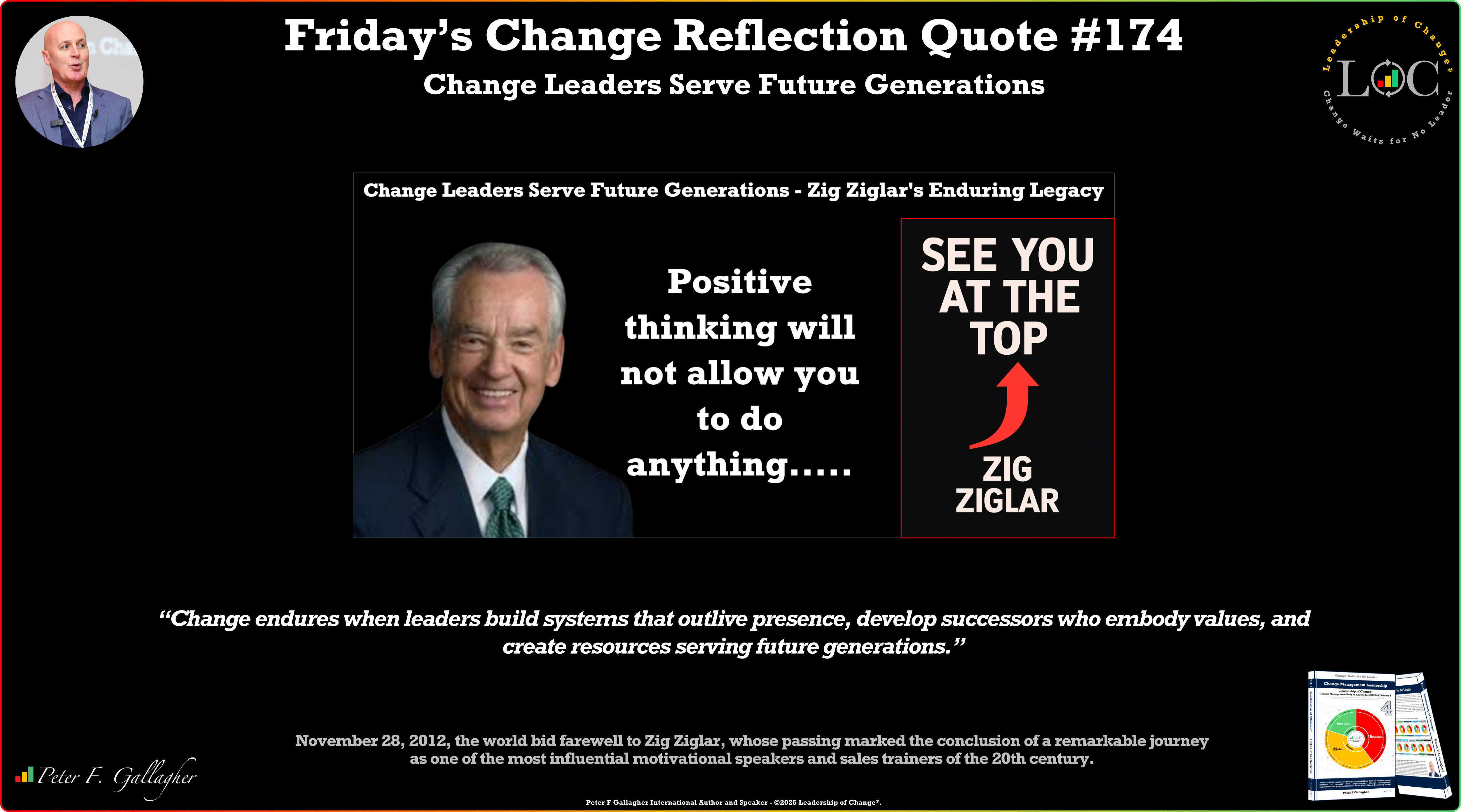
The transformative potential of Artificial Intelligence (AI) is undeniable. From revolutionizing healthcare to optimizing logistics and personalizing education, AI holds the key to unlocking a brighter future for all. However the reality in many less developed countries (LDCs) is very different. The transformational benefits that AI could bring to enable poorer countries to leapfrog to a massively greater position of economic strength in relatively few decades could remain elusive unless there is an orchestrated effort. We are all stakeholders in this.
Creating a more efficient global economy benefits everyone and we all need to grow together.
This article is based on my personal experience in reducing the digital divide in Ethiopia and delves into the unique security concerns surrounding AI in LDCs. It highlights how existing inequalities can be exacerbated by biased data, limited resources, and a lack of awareness. These considerations are particularly nerve wracking when considering nations where civil dissent may be brewing often on ethnic grounds. The article further explores mitigation strategies, emphasizing the need for international collaboration, capacity building, and responsible AI development practices that bridge the digital divide and promote inclusive benefits.
The Digital Divide: A Breeding Ground for AI Security Risks
The digital divide refers to the gap between those who have access to information and communication technologies (ICTs) and those who don't. The United Nations, ITU in particular has been driving this point for a long time, justifiably as it is central to development, wealth, health and trade. Having said that, now that the Fourth Industrial Revolution, as Klaus Schwab, leader of the World Economic Forum, coined it, is well underway and it does bring about some real dangers that we must all be aware of so that we can help each other understand and mitigate them.
- Poisoned Data and Perpetuating Bias: LDCs often have limited data sets available for training AI models. Malicious actors exploit this scarcity to inject bias into these models, perpetuating existing inequalities in areas like loan approvals or social service allocations. Imagine an AI system trained on incomplete or skewed data, unintentionally disenfranchising specific demographics or exacerbating social tensions. We have already witnessed AI models and massive social media manipulation being used to skew elections. These techniques have great persuasive power and can lead to a snowball effect of mass movements and even mass hysteria. LLMs are intended to be neutral but if poisoned could generate ethnic bias and even hate leading to potential conflict. These conflict situations can be used by superpowers to manipulate politics and sovereignty.
- Adversarial Attacks and Resource Constraints: Developing countries often have fewer resources to invest in robust cybersecurity infrastructure. This limited capacity makes them more vulnerable to AI-powered cyberattacks that exploit weaknesses in their systems. Imagine critical infrastructure like power grids targeted by sophisticated AI-powered attacks, causing widespread disruption and hindering development efforts. Not all countries have equally effective CERTs. Cybersecurity needs to be supported as a global effort.
- Privacy Violations, Limited Enforcement, and Awareness: Limited enforcement of AI and data privacy regulations in LDCs could lead to unintentional breaches and a lack of awareness of citizen rights regarding personal data. Enforcement of regulations is a task of herculean proportions in countries where corruption is rife. This could create situations where sensitive data is easily accessed or misused, eroding trust in institutions and hindering the adoption of AI solutions.
- Weaponized AI and Devastating Impact: The potential for weaponized AI targeting critical infrastructure in LDCs is particularly concerning. Imagine an AI-powered attack disrupting a nation's power grid or transportation network. The consequences can be devastating, jeopardizing essential services. State-sponsored actors could conduct these activities to achieve political objectives.
- Deepfakes and Social Engineering: Deepfakes, realistic synthetic media created using AI, could be used to manipulate public opinion and sow discord in LDCs where reliable information sources might be scarce. This potential for misinformation campaigns underscores the need for robust fact-checking mechanisms and media literacy initiatives. Again, Ethiopia, one of my two countries of origin, is a great example, as digital literacy is extremely low, and general knowledge of the world is outside their direct sphere of activity. Conflict has been occurring between two historic ethnic groups with distinct languages and subtly different cultures and traditions. People can be manipulated fairly easily, and Deep Fakes could cause genocide, revolutions, and the installation of a different government with different allegiances.
Building Bridges: Strategies for Inclusive AI Security in LDCs
Bridging the digital divide remains a crucial priority for the international community. The international organization community has been hard at work for many years but the problem is so massive that it is hard to tame.
- Training and Education for All: Targeted training programs for citizens and government officials in LDCs are essential. Basic digital education must be implemented first. This required capacity building in terms of training centers and in making devices affordable and pervasive in rural areas. Of course, this requires an ongoing improvement in countries’ national telecom infrastructure. Then, after achieving these first huge obstacles, you can build programs that could raise awareness of AI security threats, promote data literacy, and equip individuals to evaluate AI-driven decisions critically. I once had the privilege of leading a digital education program in partnership with the Ethiopian government and Microsoft. This was a tripartite agreement and a true public-private partnership that delivered extraordinary results and massive improvements in the quality of education in the nation.
Only through education can we foster trust in AI and mitigate the effects of bias, misinformation, and manipulation.
- Investing in Explainable AI: It is so important that AI doesn’t become a magic black box that has the power to make life-changing decisions about one’s life with out transparency. "Explainable AI" techniques allow us to understand how AI models reach their decisions and identify potential biases. By investing in explainable AI, LDCs can build trust by enabling citizens to understand the reasoning behind AI decisions, particularly in sensitive areas like loan applications, housing allowances, or social services allocation.
- International Collaboration and Capacity Building: Developed nations and international organizations must collaborate with LDCs to build robust cybersecurity infrastructure. National Computer Emergency Response Team needs to be nurtured and constantly upskilled, and I believe a system similar to the one in the United States with the existence of ISACs and ISAOs would further strengthen these ecosystems. This collaboration can include knowledge sharing, technology transfer, and joint cyber defense initiatives. Investing in capacity building within LDCs empowers them to develop their expertise in AI security and create a more secure environment for AI adoption.
- Open Source AI Development: The international collaboration opportunity that comes from open source development is huge. This is an opportunity to build bridges, have cultural exchanges and enrichment, and eventually fosters transparency and encourages the creation of secure and ethical AI solutions that address the specific needs of developing countries.
Conclusion: A Shared Responsibility for a Secure and Inclusive AI Future
The potential of AI to revolutionize the world is undeniable. But ensuring everyone gets a slice of the pie, not just the privileged few, requires a concerted effort. Developed nations and international organizations can't afford to be bystanders. We all have a stake in creating a secure and inclusive AI future. Let's roll up our sleeves, share knowledge, and build robust safeguards. Only through collaborative sweat can we ensure AI becomes a force for positive change, not just in a few select pockets but across the globe. After all, a rising tide lifts all boats, doesn't it?
By Carlo Tortora Brayda
Keywords: AI, Cybersecurity, Digital Transformation

 Grandad, what's a Supply Chain Planner
Grandad, what's a Supply Chain Planner Operational Speed Without Strategic Clarity Creates Chaos
Operational Speed Without Strategic Clarity Creates Chaos The AI Curriculum: A Library's Deep Dive into Artificial Intelligence
The AI Curriculum: A Library's Deep Dive into Artificial Intelligence Friday’s Change Reflection Quote - Leadership of Change - Change Leaders Serve Future Generations
Friday’s Change Reflection Quote - Leadership of Change - Change Leaders Serve Future Generations The Corix Partners Friday Reading List - November 28, 2025
The Corix Partners Friday Reading List - November 28, 2025